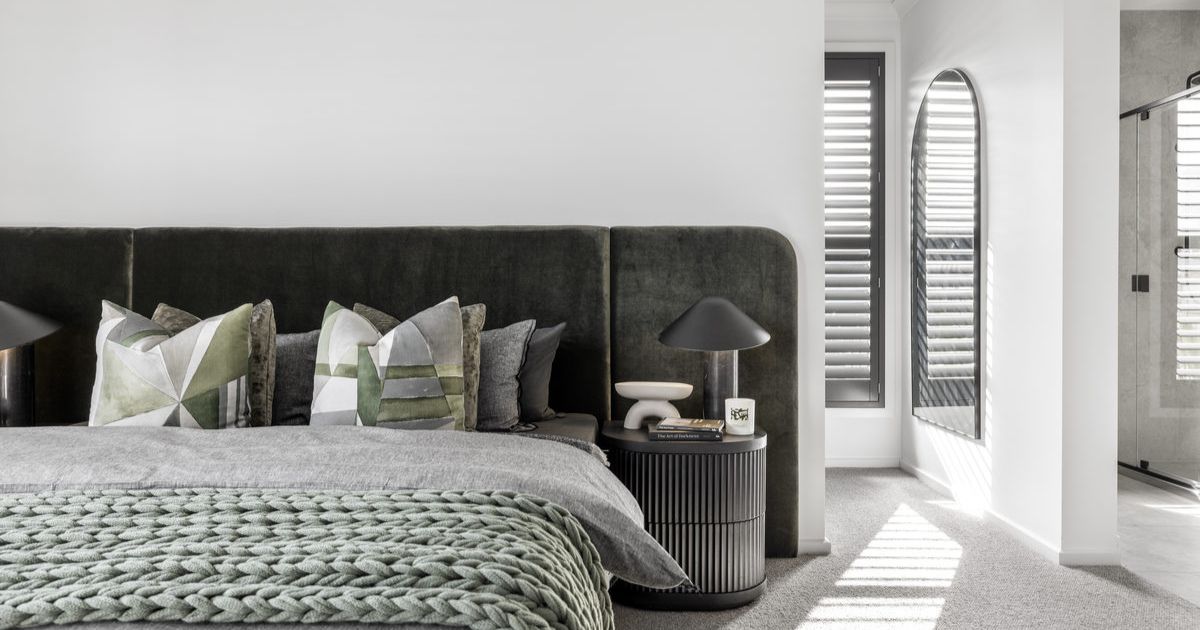Seniors group sounds alarm over housing

A report from National Seniors Australia shows many older people who responded to a survey have concerns about buying, selling, or renting.
NEW research has shown the impact a lack of affordable and age-appropriate housing is having on older people says a lobby group for older Australians.
The National Seniors Australia report Suitable Housing in Later Life shows housing affordability has plagued 65 per cent of respondents aged 50 and older.
About 45 per cent live in homes unsuitable for later life because they’re too big, need costly modifications or security of tenure can’t be guaranteed.
Chief executive officer Chris Grice said the findings are consistent with alarm bells ringing across the country as rental and mortgage stress continues to take hold, and for the possibility people won’t be able to stay in their homes as they age.
“The age pension was designed on the assumption older people own their home, however 15 per cent do not and this is set to rise as the cost of owning a home skyrockets,” he said.
“Our research shows 39 per cent of older renters experienced severe cost of living impacts because of rising living costs.
“Unsurprisingly, renters were nine times more likely than others to be ‘quite concerned’ or ‘acutely concerned’ about their ability to afford housing while mortgagees were four times more likely.
“Housing security clearly remains a problem for renters, with many wanting easier and more affordable pathways to buy, or more secure, affordable, long -term rental options.
“The results support our call for an increase to the Commonwealth Rent Assistance.
“While we were pleased to see a 15 per cent increase to the maximum rate in the Federal budget, it is not enough.”
It’s not just older renters facing housing issues. Older homeowners, especially those still with a mortgage, face cost pressures and difficulties accessing age-friendly housing.
Older homeowners face a number of issues including rising interest rates, the cost and hassle of downsizing to age-friendly housing including stamp duty, the cost of retirement villages and aged care, and the cost of council rates, body corporate fees, and utilities.
The research revealed a desire for smaller, more manageable homes and yards with one-third of older people willing to consider a move in later life. But barriers to downsizing remain.
The scarce availability of age-friendly housing stock and other retirement options was a major barrier for 19 per cent of homeowners, stamp duty costs were a barrier for 32 per cent of respondents while the hassle of buying, selling and moving was a barrier for 50 per cent.
“We need urgent action on housing, such as housing built for seniors specific needs, in conjunction with aged care that recognises the realities of older people’s living circumstances,” Mr Grice said.
The report was based on data from the 11th National Seniors Social Survey of more than 5300 people aged 50 and older.


















